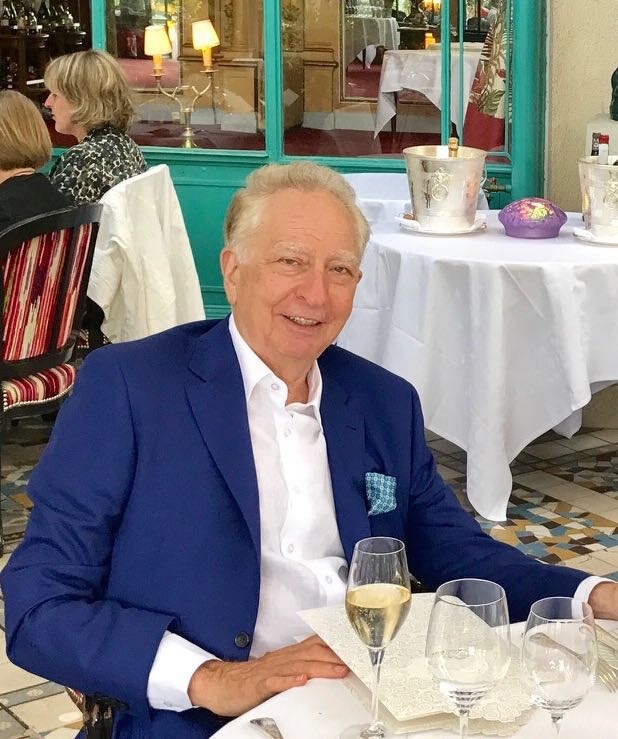(A rewrite of the blog I had earlier posted under this title--splitting it in half--to make it easier to digest for my readers--as well as to draw more attention to the question--raised in Part Two--about Saddam's possible use of CW in 1991, which the U.S. may have chosen to ignore).
{C}{C}
An American president calls for the downfall of an Arab dictator. The people rise up. The revolt spreads across the country. The rebels ask for help from the American president…who, no longer a fan of revolution, turns his back and----as the rebels see it—betrays them.
Could be Syria September 2013. Could also be Iraq 1991, when an uprising of Shiites and Kurds threatened to topple Saddam Hussein.
There are, of course, differences, between the two calamities. Still what happened in Iraq back then, provides tragic perspective to the continuing cataclysm in Syria today.
In Syria, in 2011, in the wake of a popular revolt, Barack Obama called on Syrian tyrant Bashar al-Assad to step down. That was followed by a lot of encouraging talk, a trade embargo, and some clandestine aid from America, though no serious supply of arms. Mea
nwhile, America’s supposed allies, Saudi Arabia and Qatar, provided funds and some weapons to the rebels.
Now, after the flurry of negotiations over Assad’ chemical weapons, no one know—including probably Obama himself--what kind of support (if any) the U.S. will be giving to the rebels going forward. They feel, understandably, left in the lurch. Their country meanwhile is a bloody basket case.
As for Iraq, in February 1991, as American forces were driving Saddam's troops out of Kuwait, President George H.W. Bush, called for the people of Iraq to rise up and overthrow the dictator.
Despite subsequent denials from the U.S., that message was repeatedly broadcast across Iraq. [You can actually hear it on the excerpt of the documentary I did in 2003] It was also contained in millions of leaflets dropped by the U.S. Air Force.
Eager to end decades of repression, the Shiites arose. Their revolt spread like wildfire; in the north, the Kurds also rose up. Key Iraqi army units joined in. It looked as if Saddam's days were over.
But then George H. W. Bush blew the whistle. Things had got out of hand. What Bush had wanted was not a messy popular uprising but a neat military coup -- another strongman more amenable to Western interests. The White House feared that turmoil would give the Iranians increased influence, upset the Turks, wreak havoc throughout the region.
But the Bush administration didn't just turn its back on the revolt; it actually aided Saddam to suppress the Intifada.
When Saddam's brutal counter-attack against the rebellions began, the order was given to American troops already deep inside Iraq and armed to the teeth not to assist the rebellion in any way -- though everyone knew that they were condemning the Intifada to an awful defeat. Thanks to their high-flying reconnaissance planes, U.S. commanders would observe the brutal process as it occurred.
At the time, Rocky Gonzalez was a Special Forces warrant officer serving with U.S. troops in southern Iraq. From their base, Rocky and his units watched as Saddam's forces launched their counterattack against the rebels. Thousands of people fled toward the American lines, said Gonzalez. “One of the refugees was waving a leaflet that had been dropped by U.S. planes over Iraq. Those leaflets told them to rise up against the regime and free themselves."
"They weren't asking us to fight. They felt they could do that themselves. Basically they were just saying 'we rose up like you asked us, now give us some weapons and arms to fight.'"
The American forces had huge stocks of weapons they had captured from the Iraqis. But they were ordered to blow them up rather than turn them over to the rebels.In his autobiography, General Schwarzkopf, without giving details, alludes to the fact that the American-led coalition aided Saddam to crush the uprising
Indeed, Saddam's former intelligence chief, General Wafiq al-Samarrai, later recounted that the government forces had almost no ammunition left when they finally squelched the revolt.
Iraqi survivors of the Intifada also told my French reporter associate, Michel Despratx, that U.S. forces actually prevented them from marching on Baghdad. "One of the American soldiers threatened to kill us if we didn't turn back," he said. Another Shiite leader claimed that the U.S. even provided Saddam's Republican Guards with fuel. The Americans, he charged, disarmed some resistance units and allowed Republican Guard tanks to go through their checkpoints to crush the uprising.
"We let one Iraqi division go through our lines to get to Basra because the United States did not want the regime to collapse," said Middle East expert Wiliam Quandt.
U.S. officials declined even to meet with the Shiite rebels to hear their case.
In other words, the U.S. position back then was not that different from the fear in the Obama administration that radical forces, linked to Al Qaeda, will take power if Assad were to fall.
Continued in part two.
